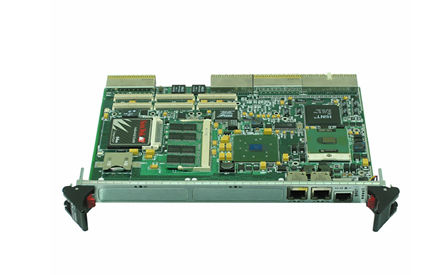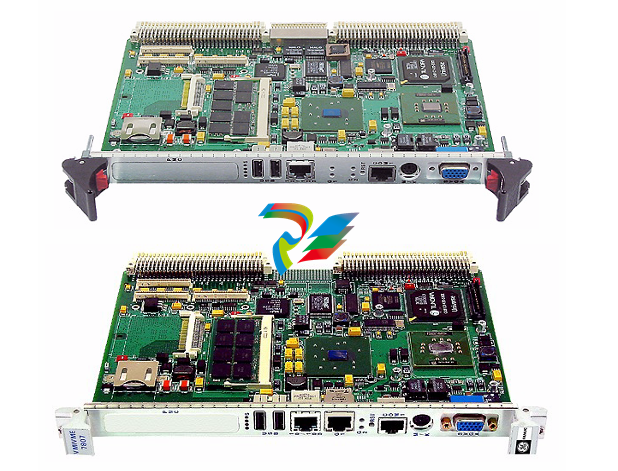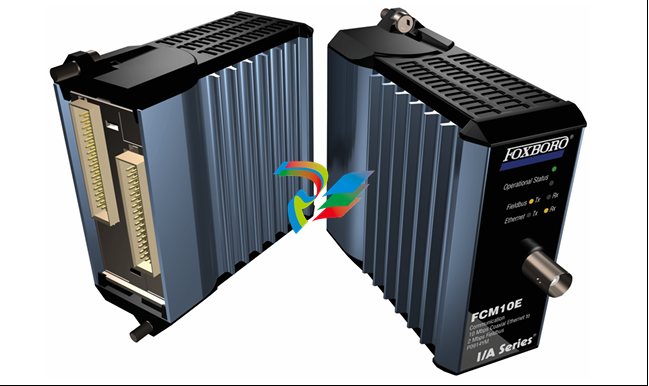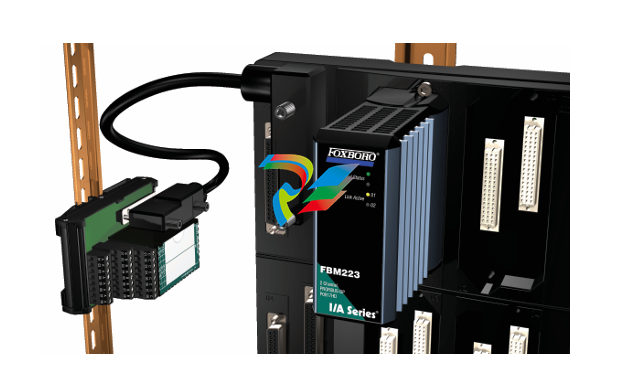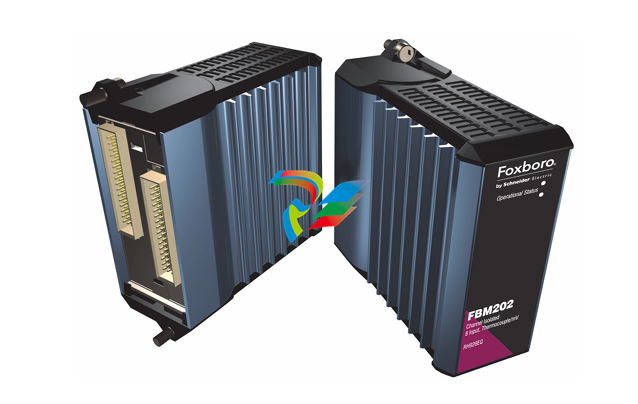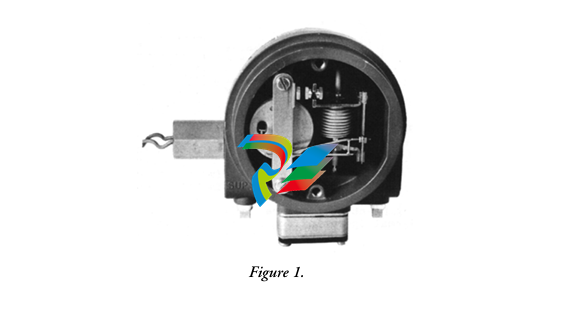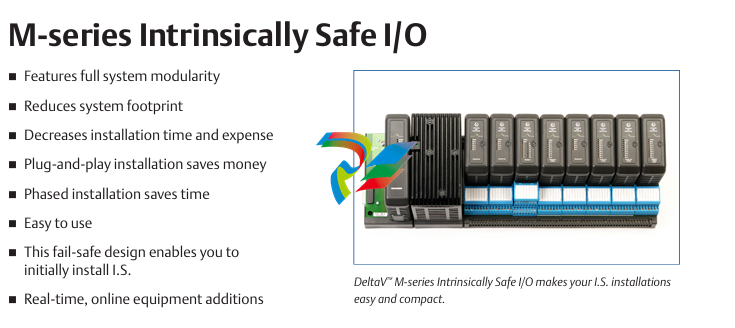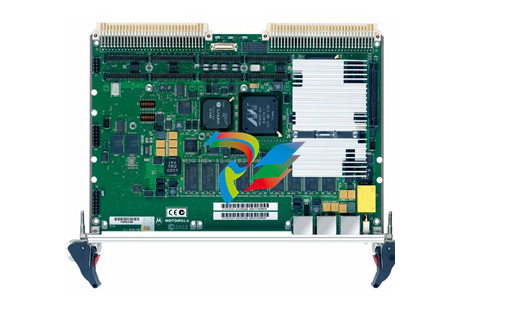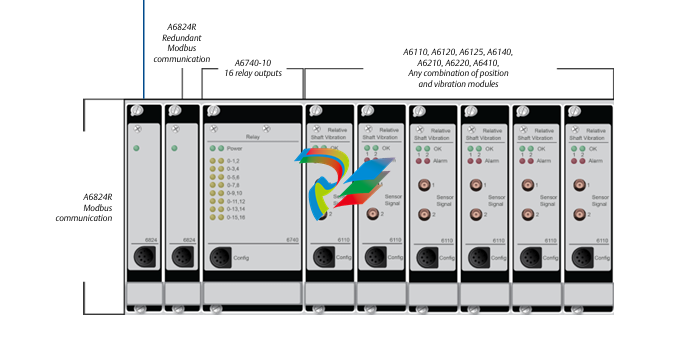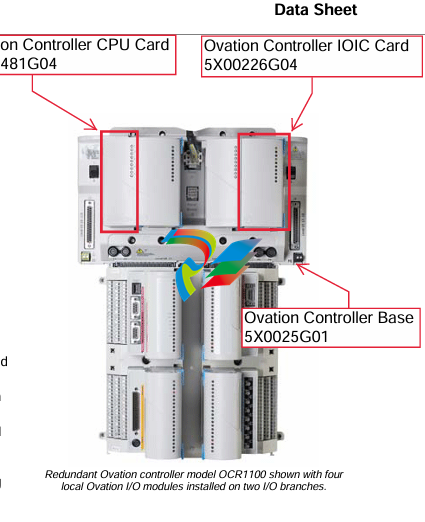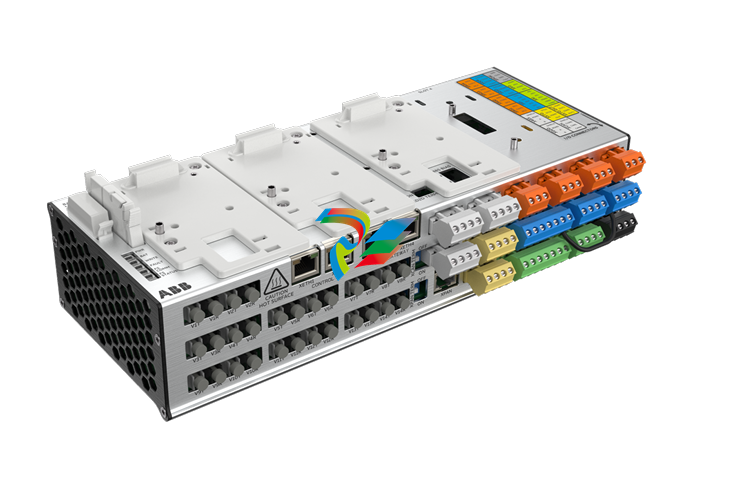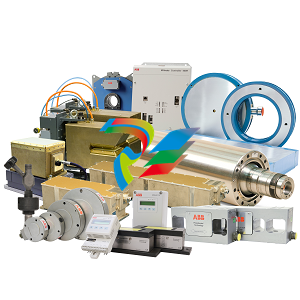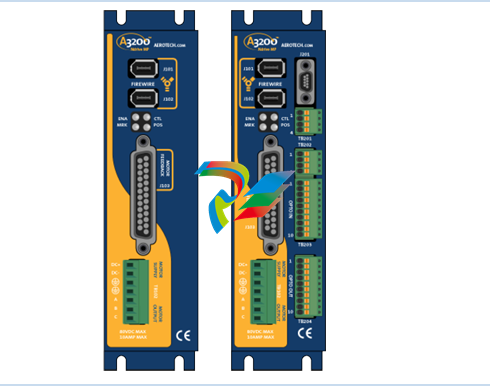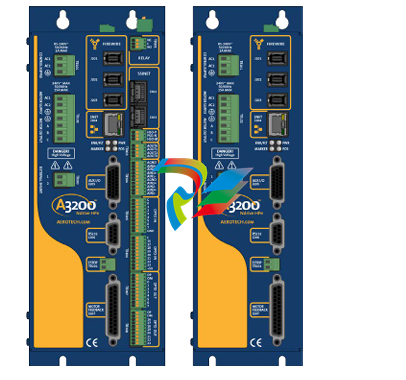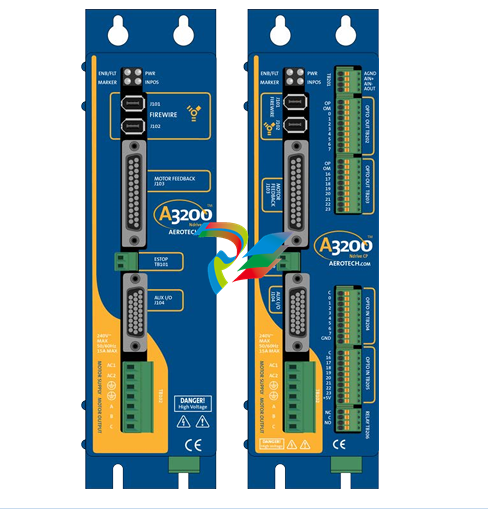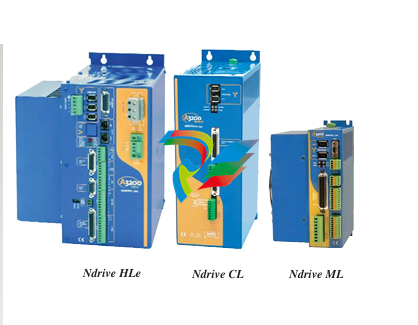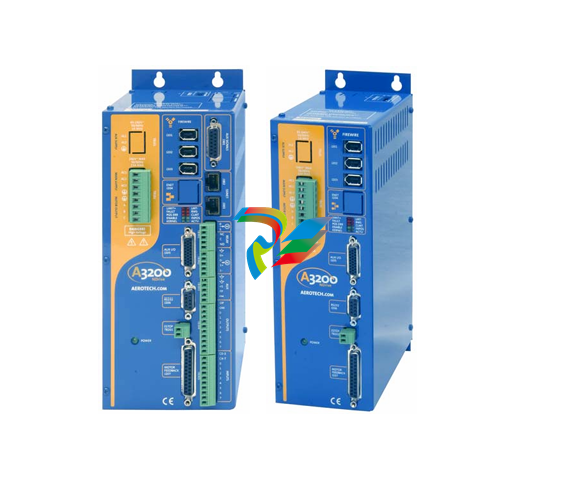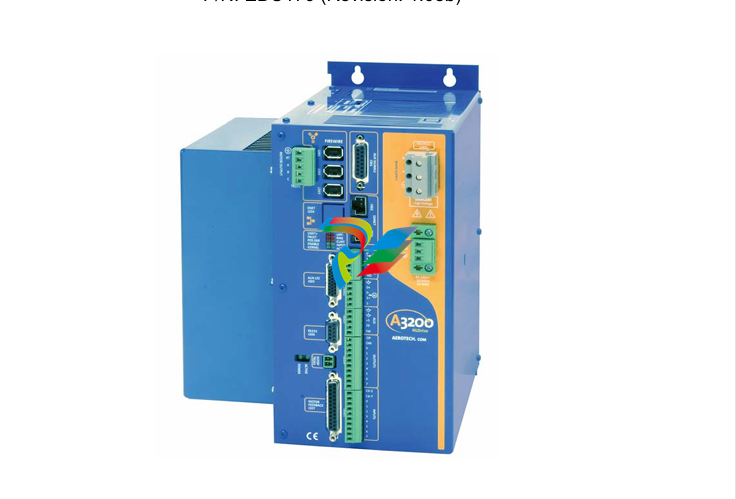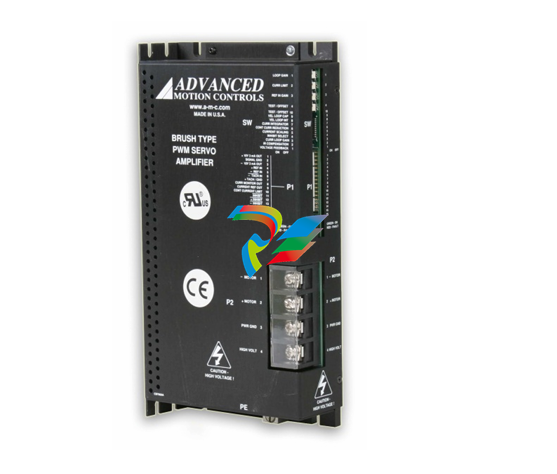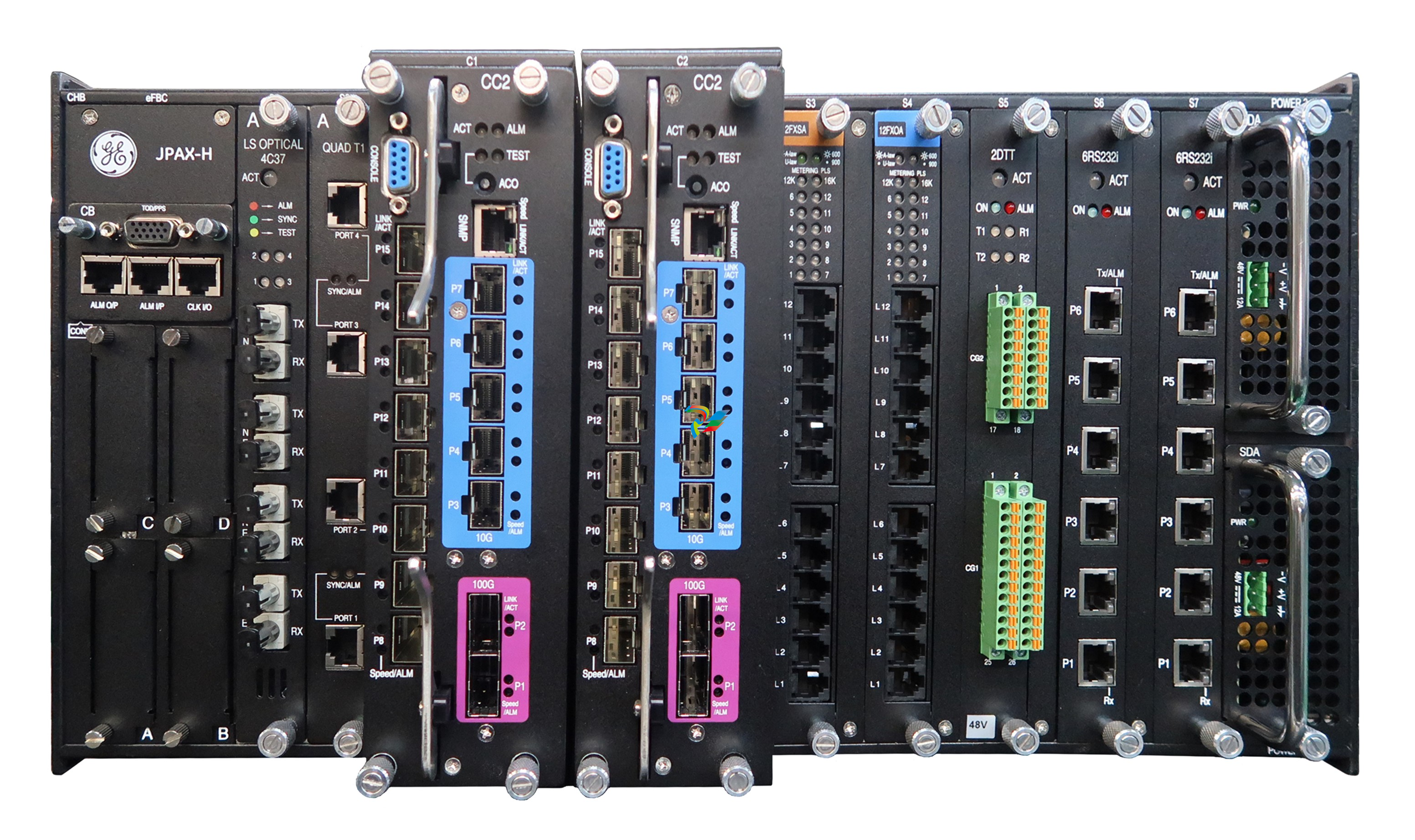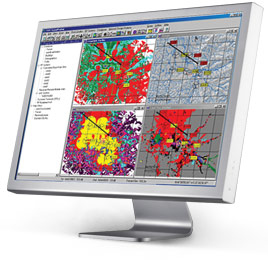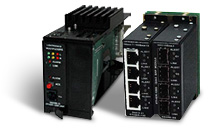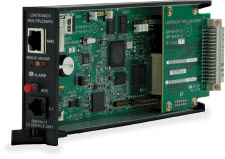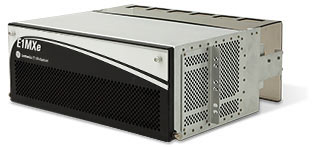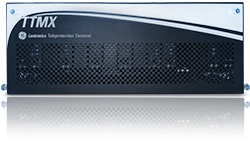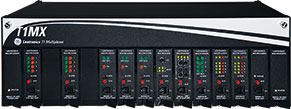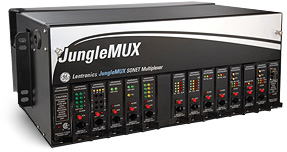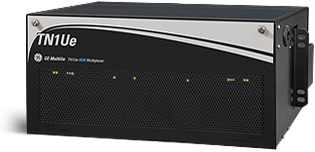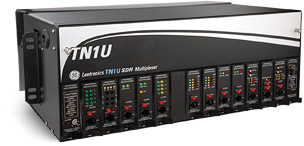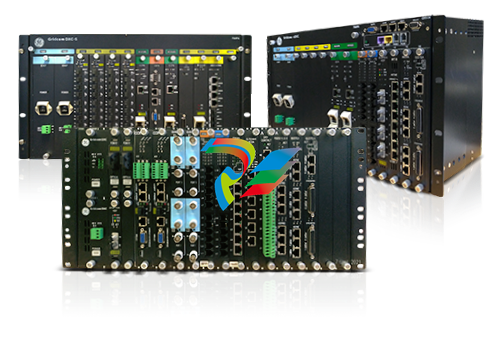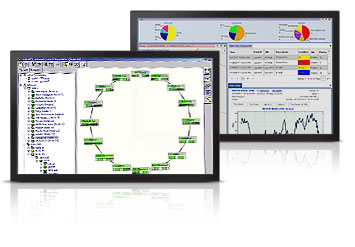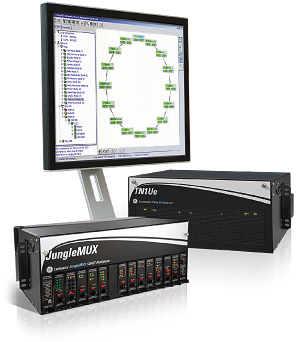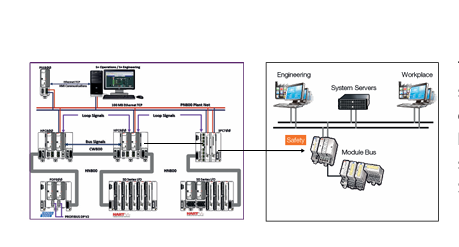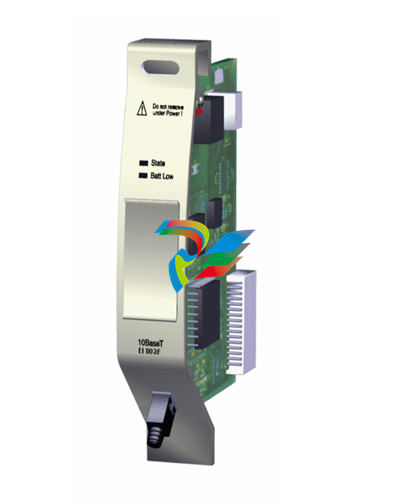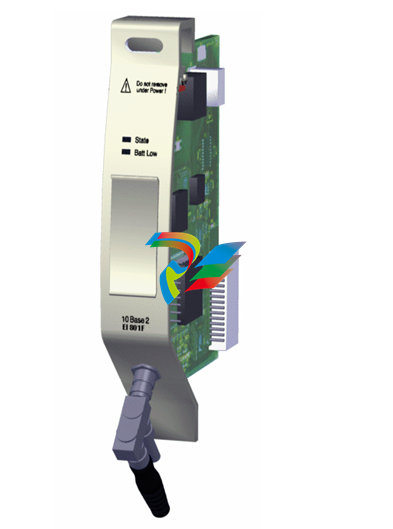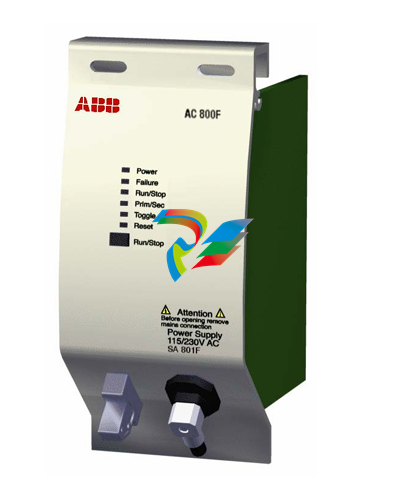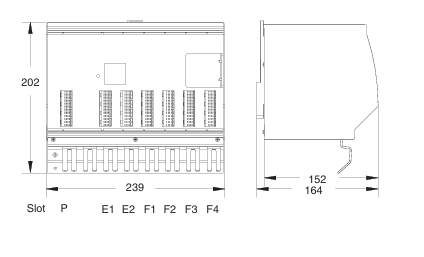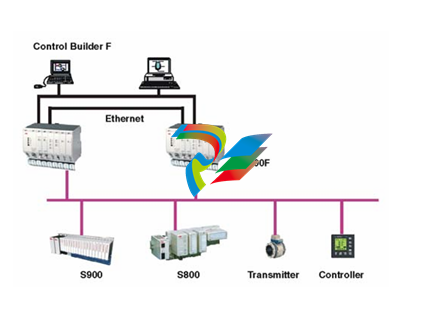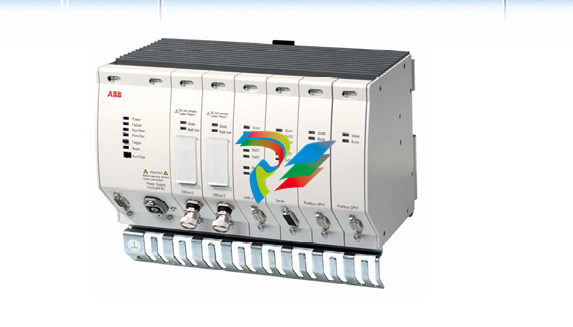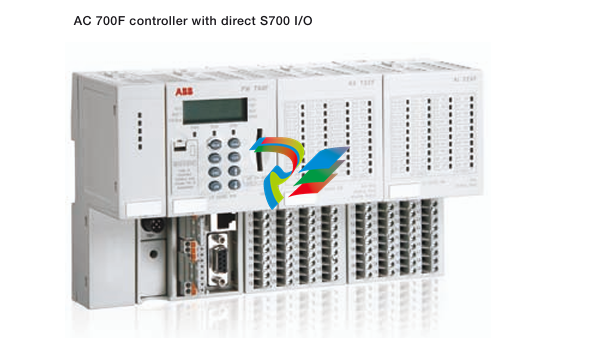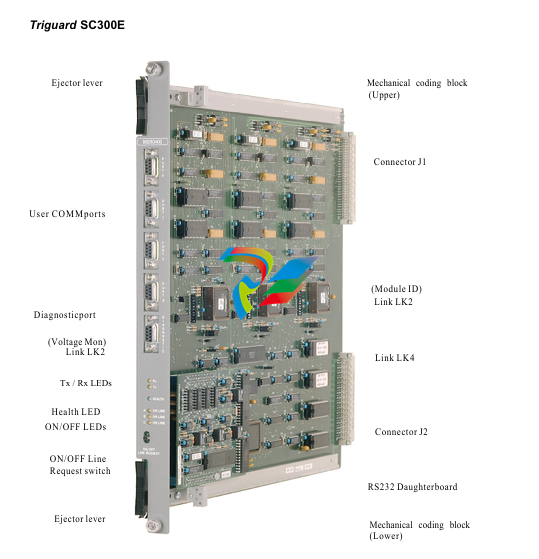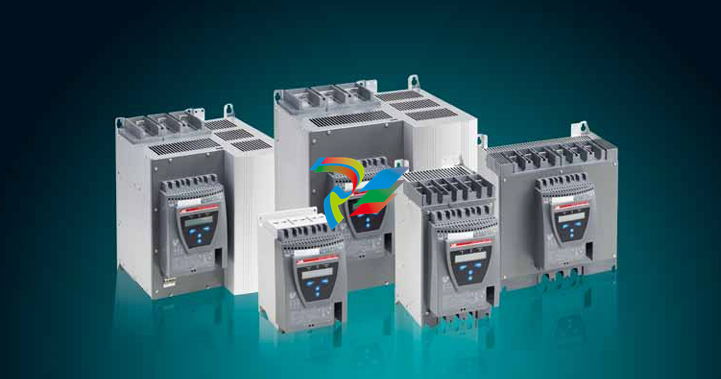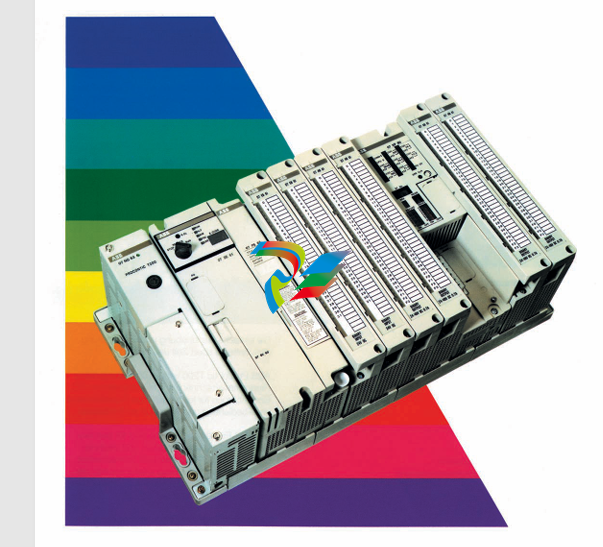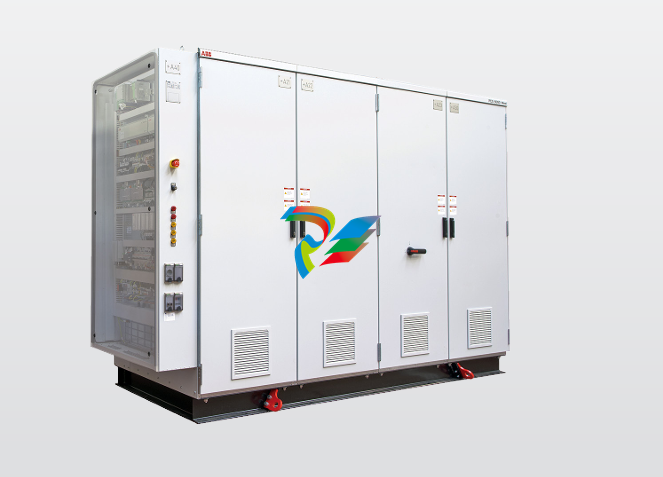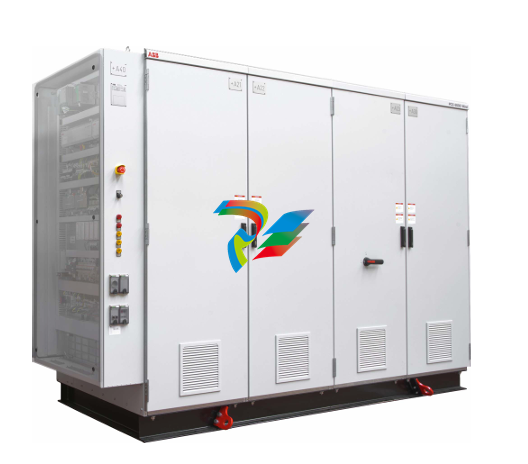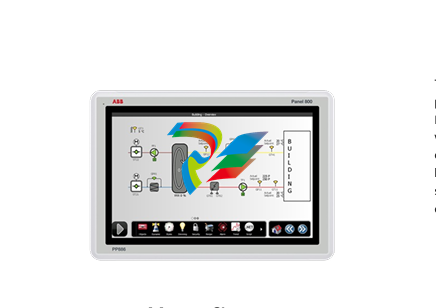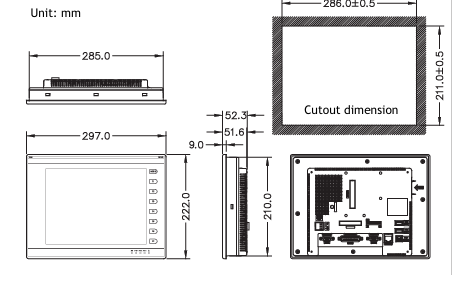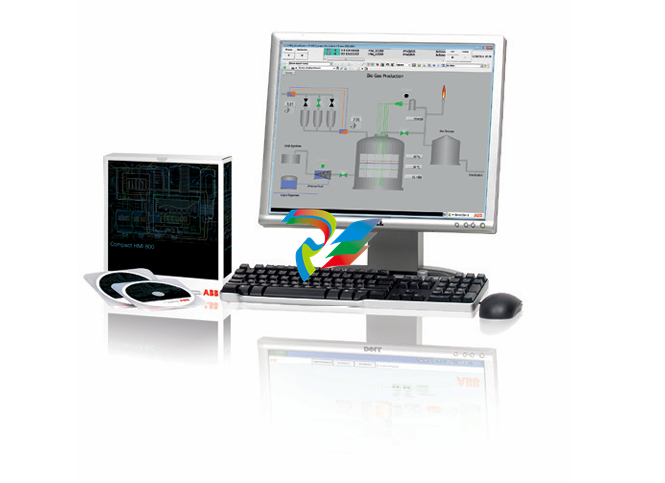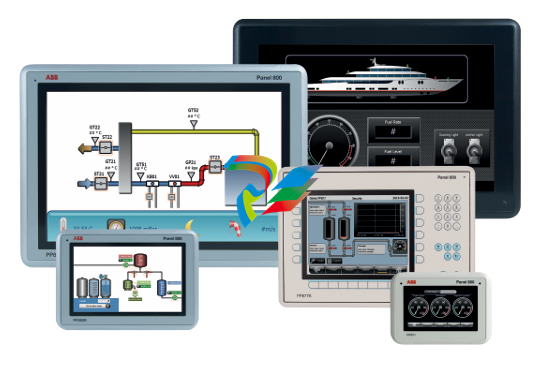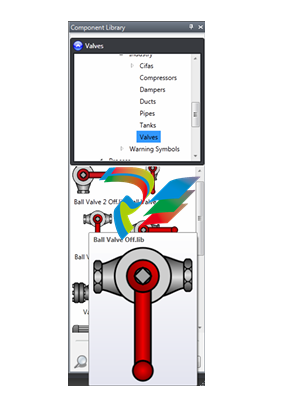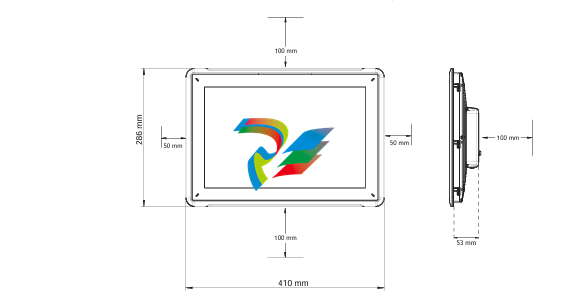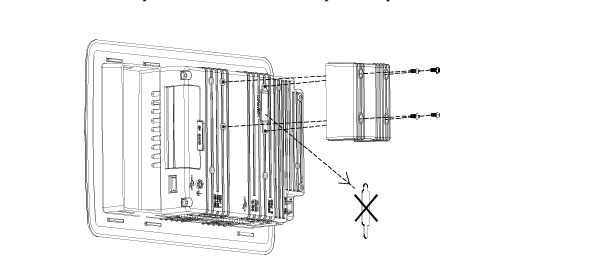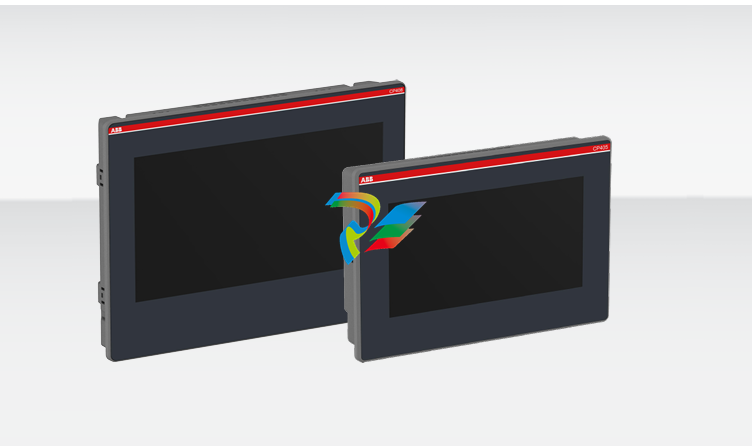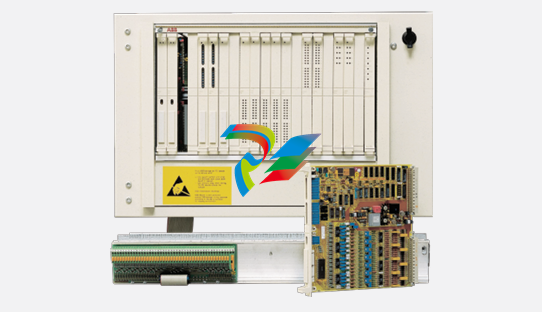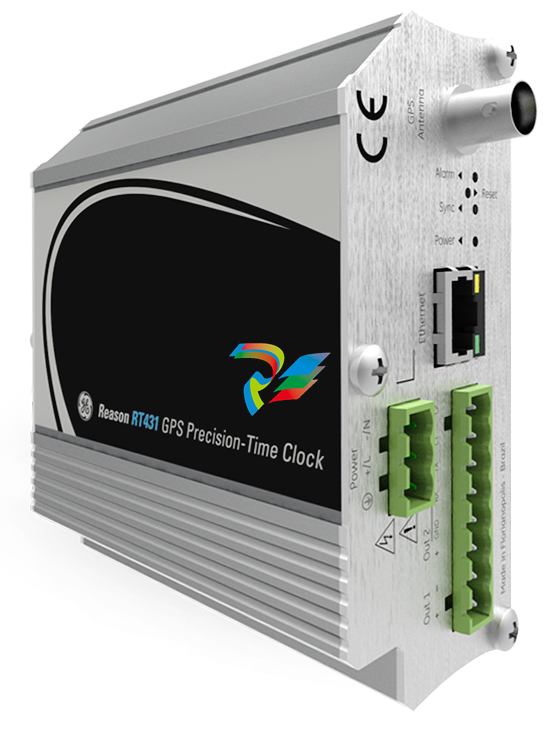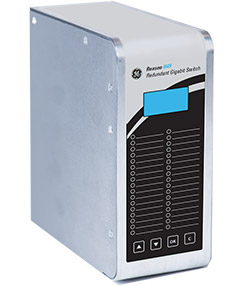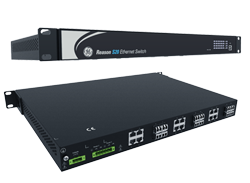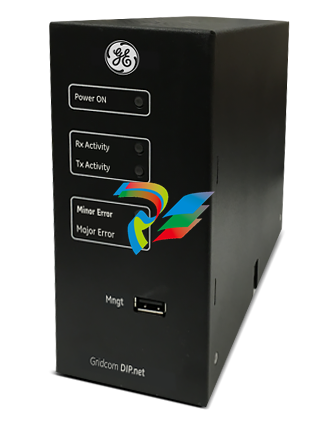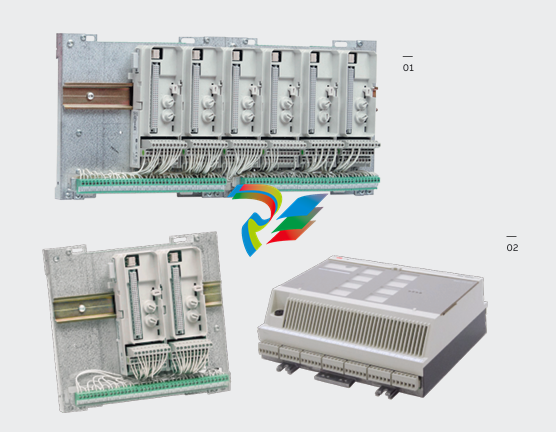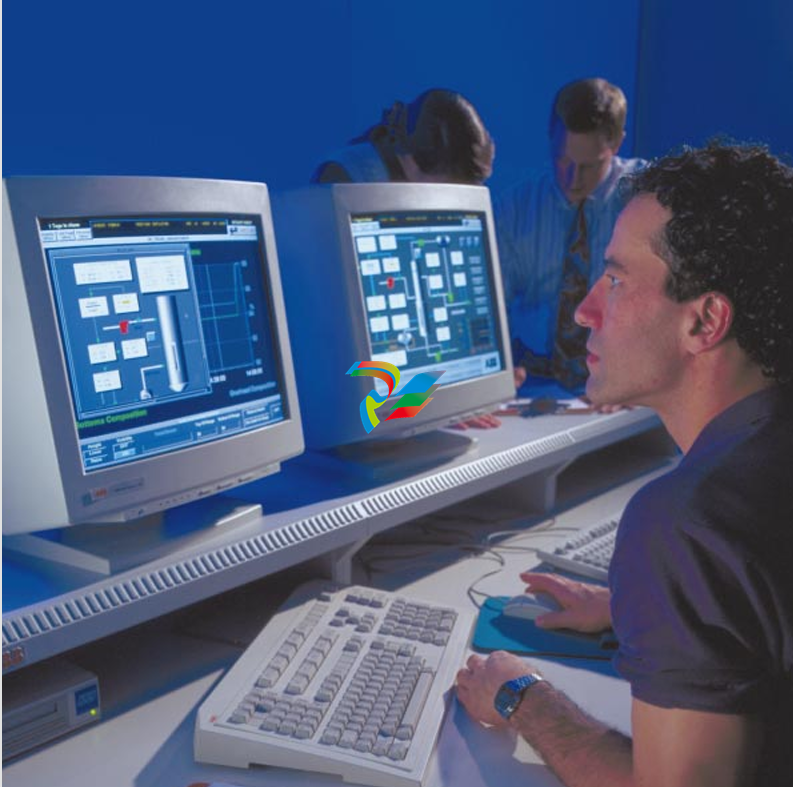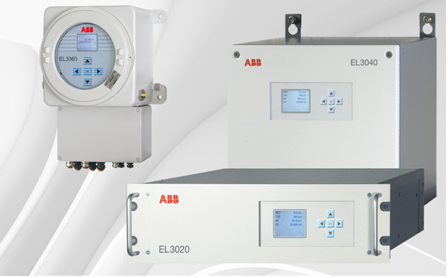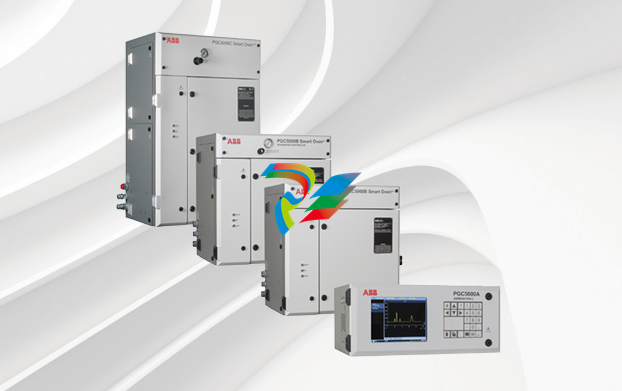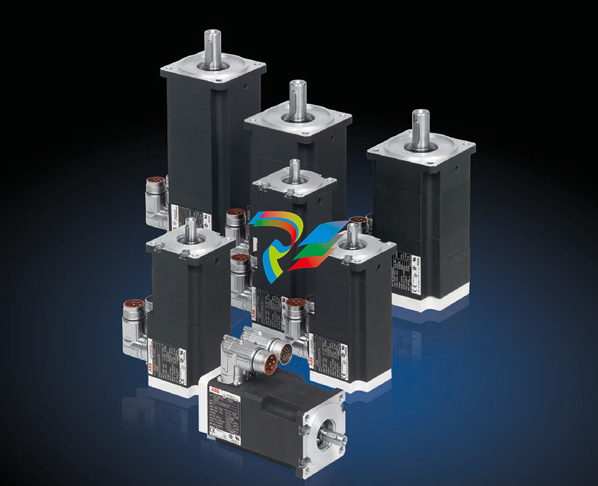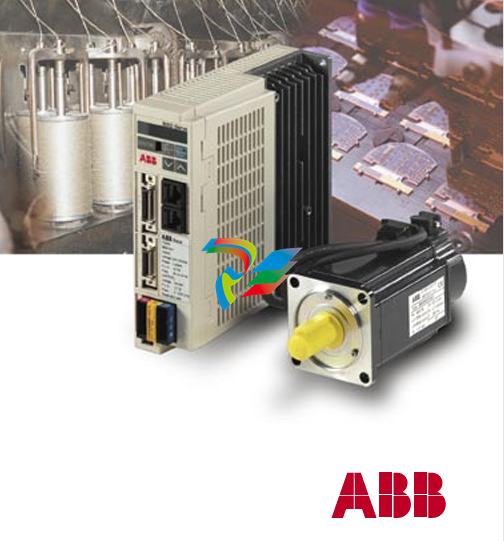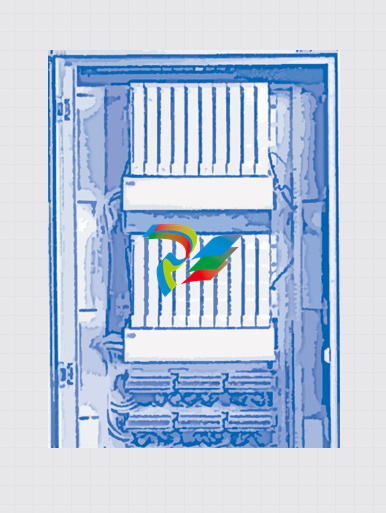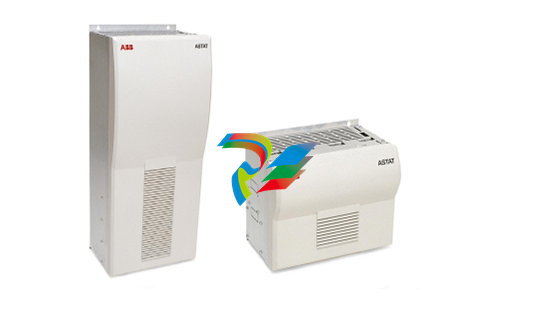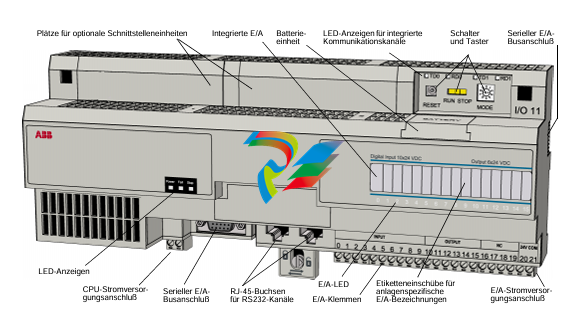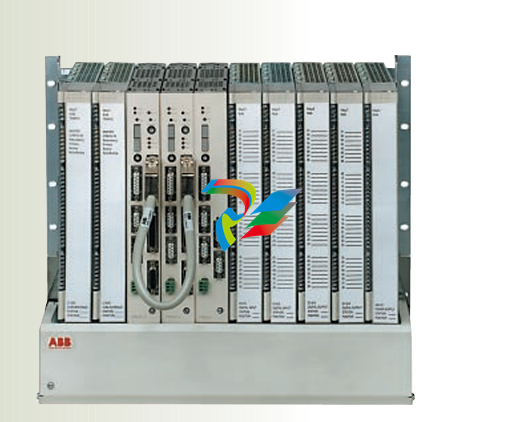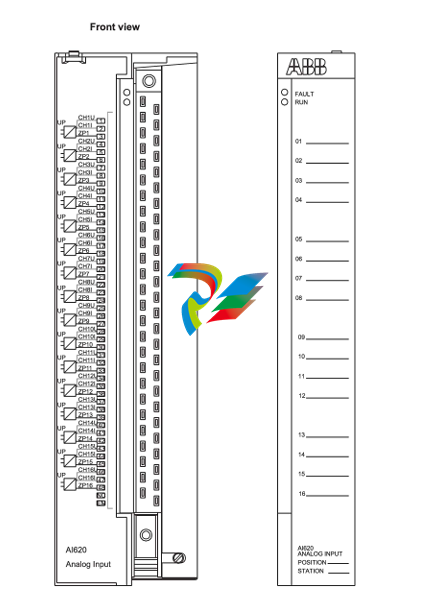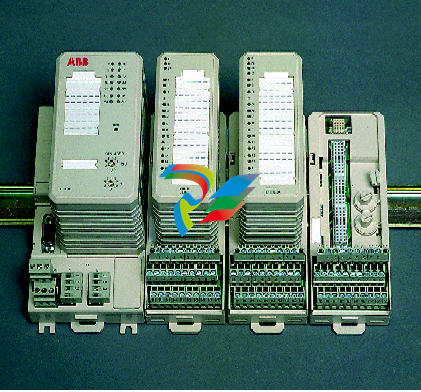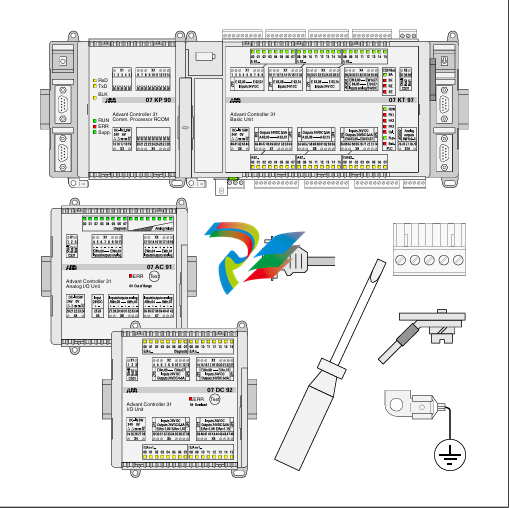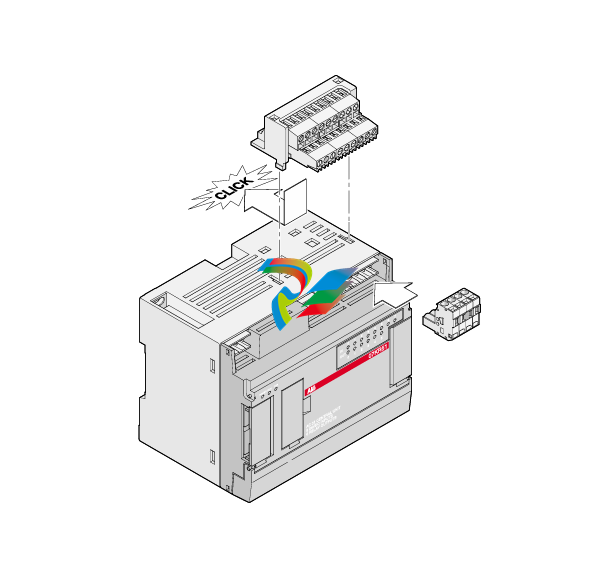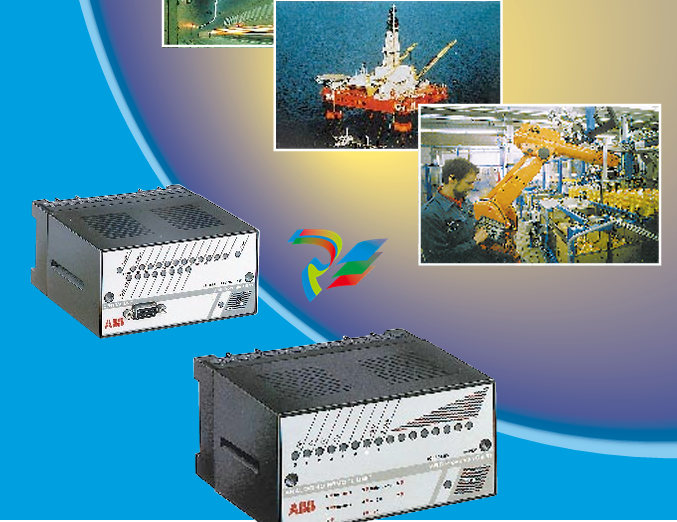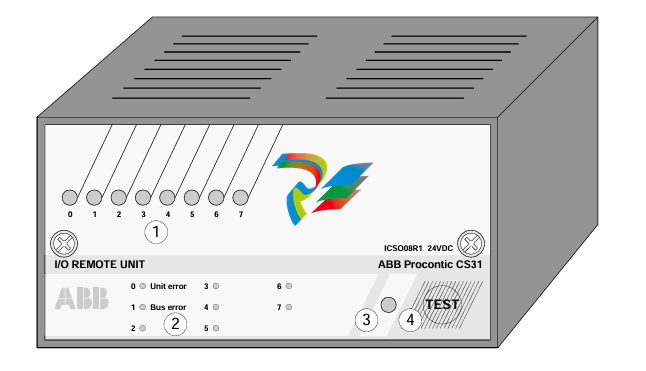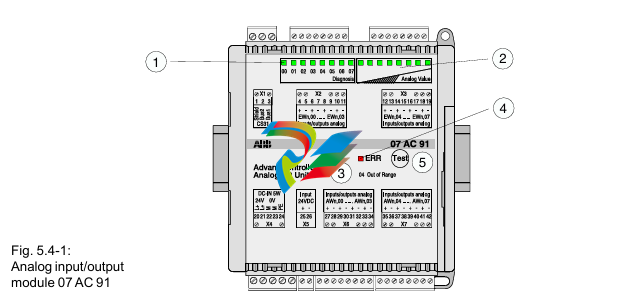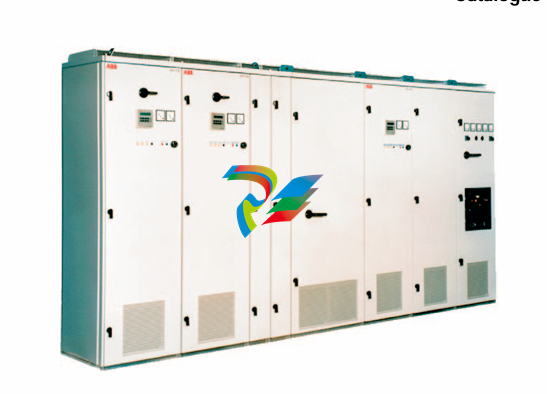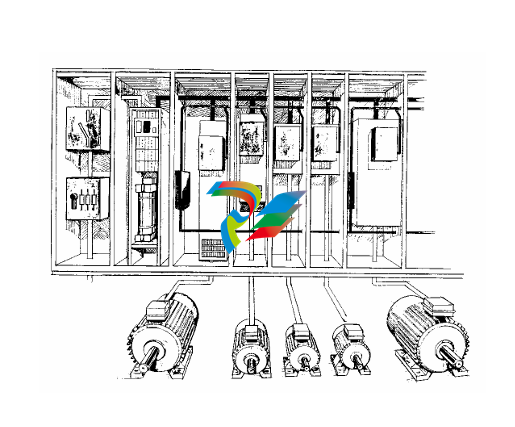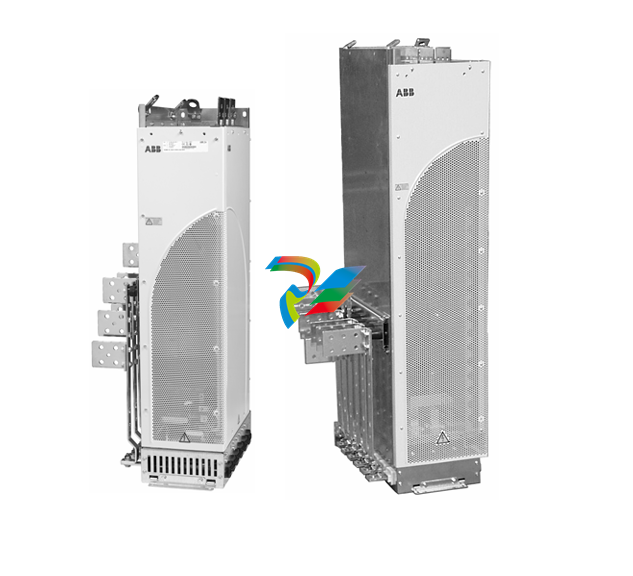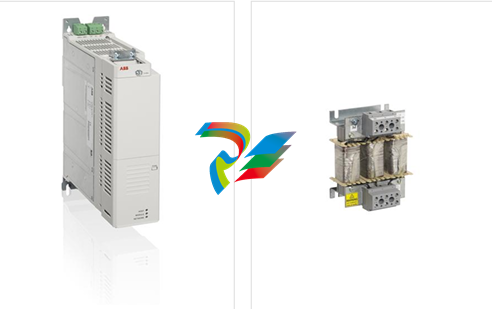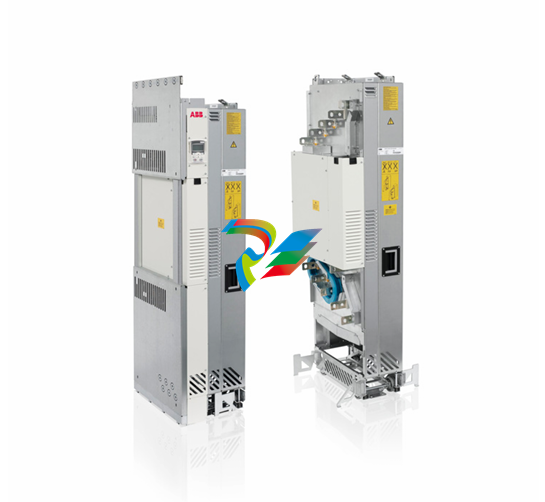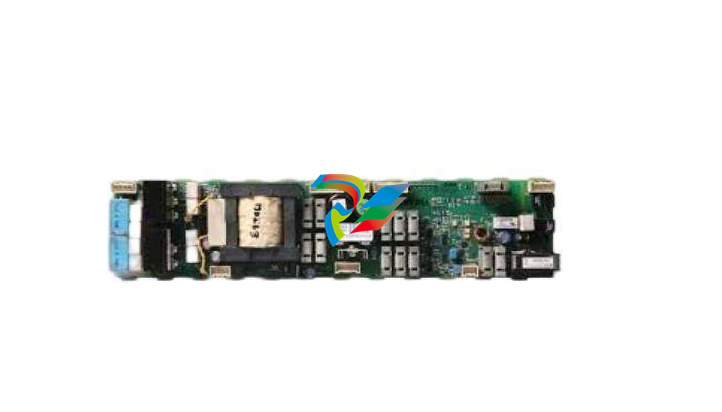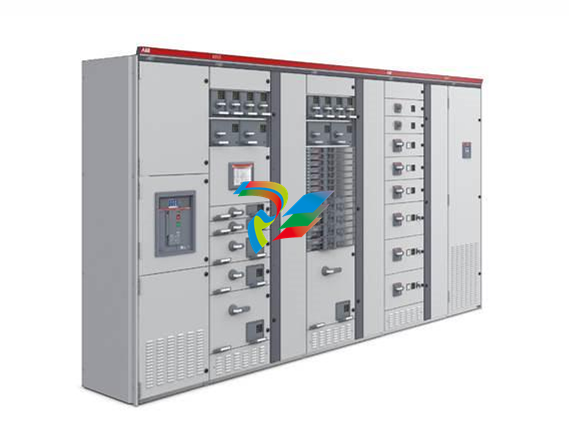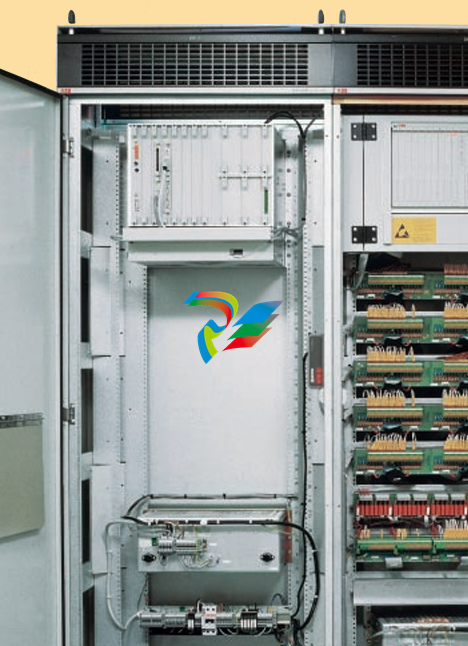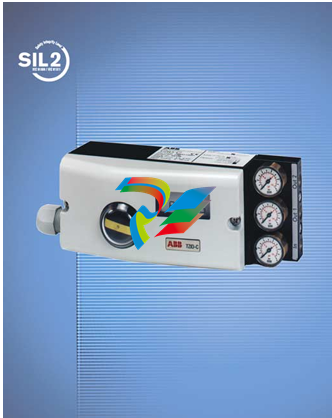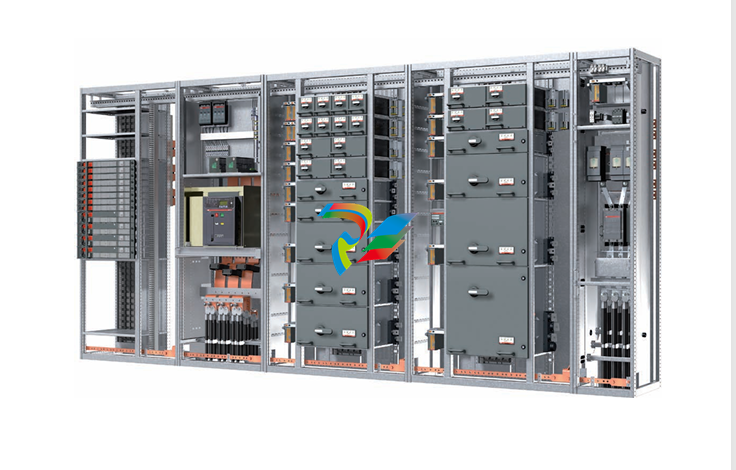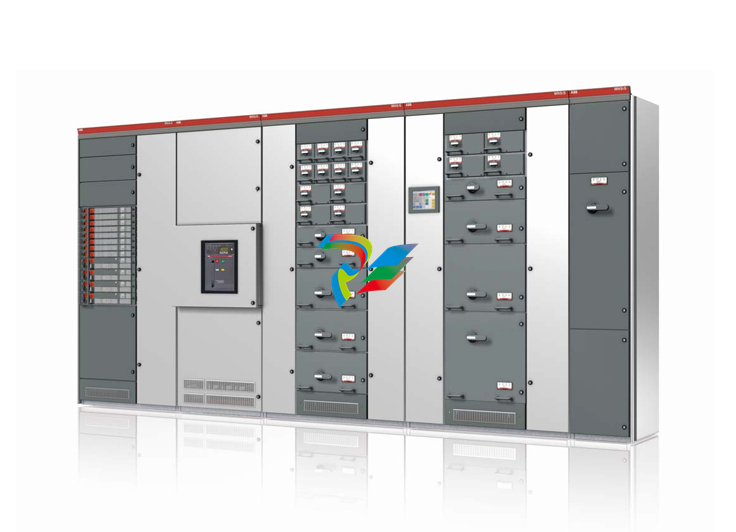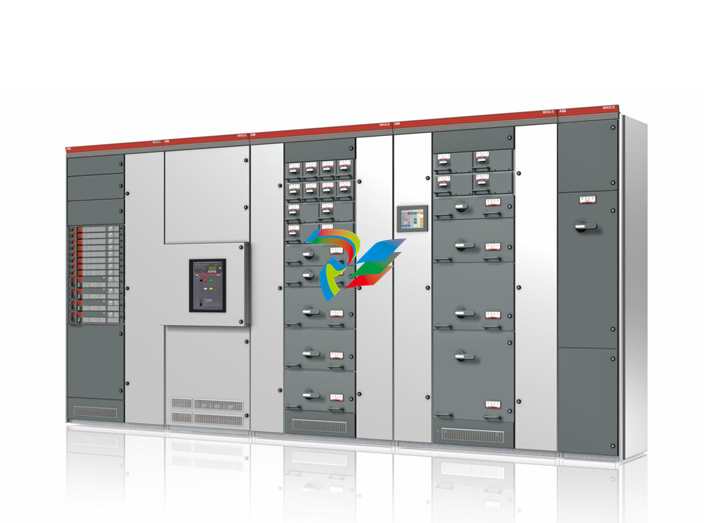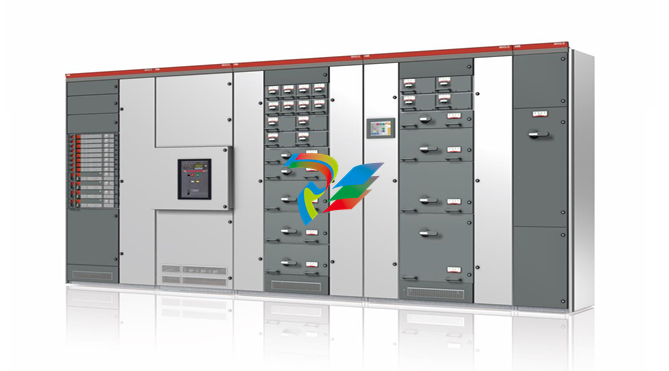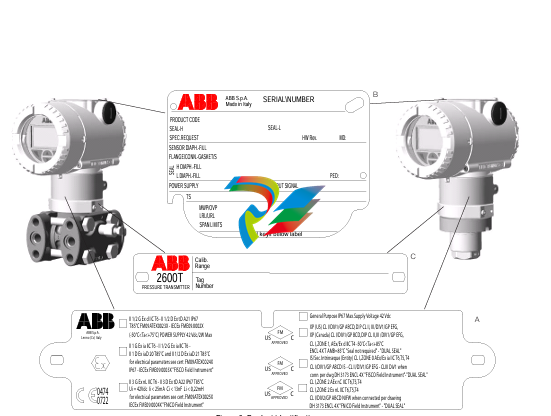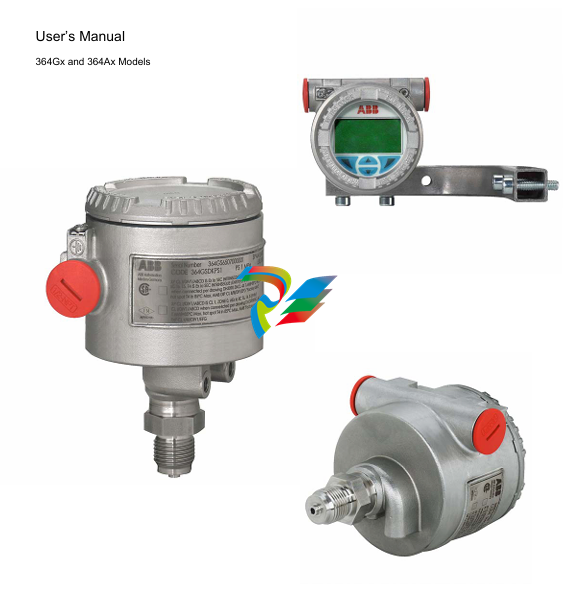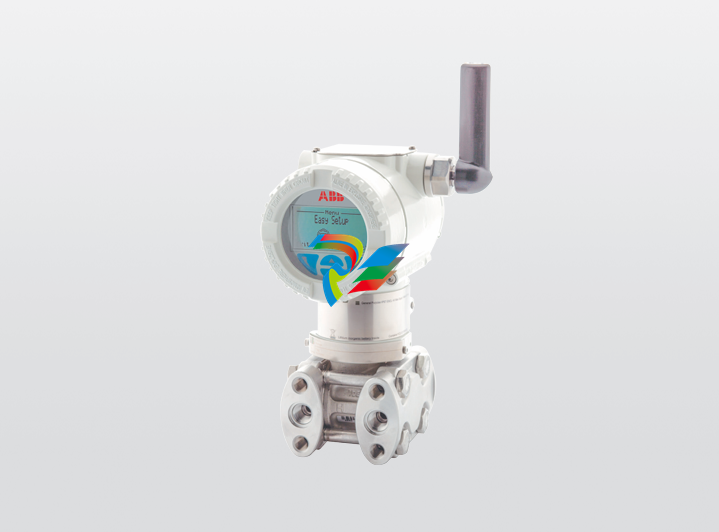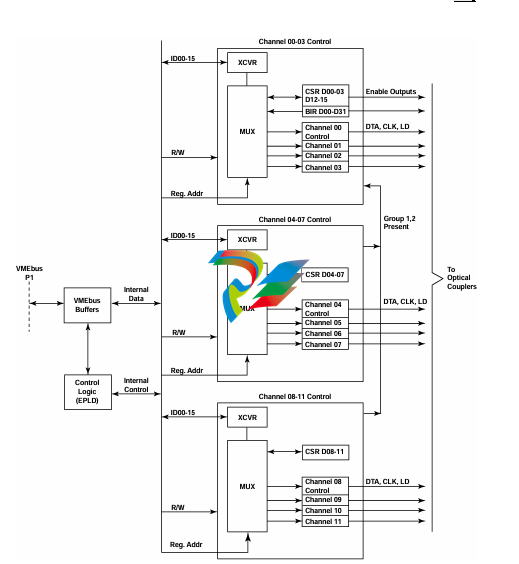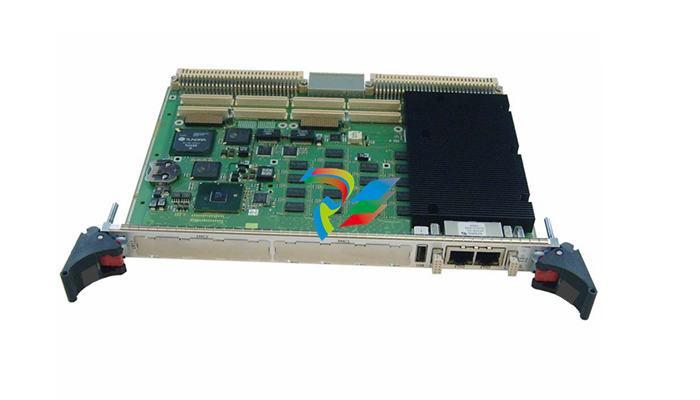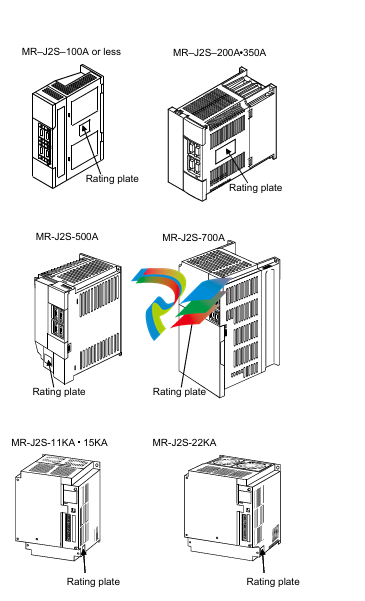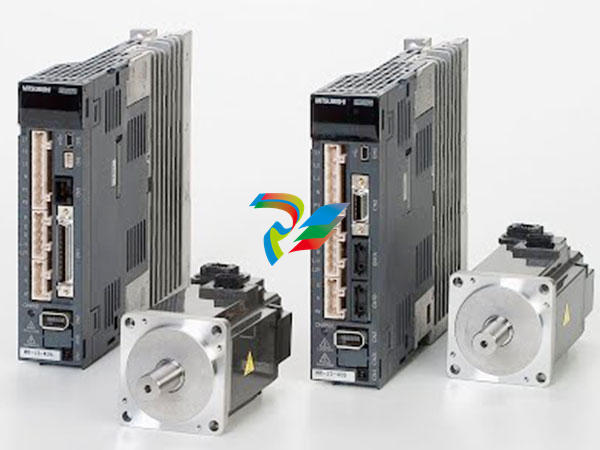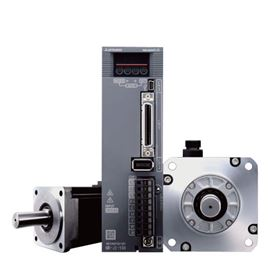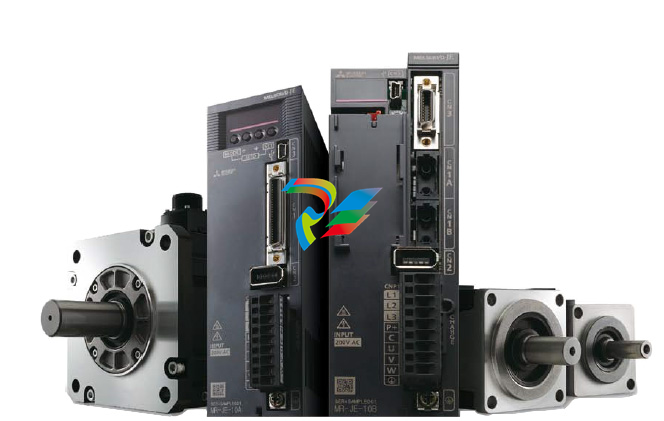
Part Number IS210DSCBH1A Manufacturer General Electric Country of Manufacture As Per GE Manufacturing Policy Series Mark VI/VIe Function Module Availability In StockIS210DSCBH1AA is a serial communication I/O board developed by GE. It is a part of Mark VI control system. The terminal board serves as a compact interface terminal board, specifically designed for DIN-rail mounting. It plays a crucial role in facilitating communication between various components within the system. FEATURES Connection to VSCA Board: Connects to the VSCA board using a 37-wire cable. The VSCA board serves as the communication hub, providing interfaces for external devices through various serial communication protocols such as RS-232C, RS-422, and RS-485. External Device Integration: Responsible for establishing communication with external devices, including intelligent pressure sensors such as Honeywell Pressure Transducers and Kollmorgen Electric Drives utilized for valve actuation. These devices play vital roles in system operation and control. Wiring Configuration:

Wiring to external devices is conducted using shielded twisted pair cables, ensuring optimal signal integrity and minimizing electromagnetic interference. This configuration enhances the reliability and stability of communication between DSCB and external devices. Noise Suppression: Communication signals are equipped with onboard noise suppression mechanisms, which help mitigate interference and ensure reliable data transmission even in noisy environments. ID Chip Integration: An onboard ID chip is incorporated into the DSCB, serving the purpose of identifying the board to the VSCA for system diagnostic purposes. This feature enhances diagnostic capabilities and aids in troubleshooting potential issues within the system. CONFIGURATION The configuration of each of the six channels on the board involves several key aspects aimed at optimizing performance and ensuring reliable communication. Shield Connection Each channel features a jumper mechanism designed to connect the cable shield to ground via a capacitor. This configuration is particularly useful when the shield is grounded at the device end, serving to minimize electromagnetic interference (EMI) and ensure signal integrity. The specific jumper positions required for this connection are detailed in the Installation section of the documentation. Configuration Settings Beyond the shield connection, all other configuration settings for the channels are managed centrally on the board and through the designated toolbox interface. These settings encompass a range of parameters such as baud rate, data format, parity, and other communication protocol-related configurations. The board provides a comprehensive platform for adjusting these settings according to the specific requirements of the application. Installation Guidance Following the installation procedures ensures proper functionality and optimal performance of the communication channels. Toolbox Interface The toolbox interface offers a user-friendly platform for configuring and fine-tuning various aspects of channel operation. Through the toolbox, users can access and adjust configuration parameters conveniently, facilitating seamless integration and operation within the system. By adhering to the prescribed configuration procedures and leveraging the capabilities of the board and toolbox interface, users can effectively customize channel settings To suit their specific communication requirements while maintaining robustness and reliability. OPERATION The channels, specifically Ports 1 and 2, serve as the primary interfaces between the system and the Honeywell pressure transducers. These channels provide the necessary connectivity and control to facilitate data exchange and monitoring between the transducers and the broader system. To manage the RS422 multidrop signals effectively, three XDSA boards are employed as intermediate distribution boards. These boards play a crucial role in organizing and distributing signals across the system, ensuring seamless communication between the various components. The pressure transducers are strategically connected to the XDSA boards via designated ports, including P1, P2, P3, and P4. This configuration allows for a systematic arrangement of the transducers, optimizing signal flow and minimizing potential interference. Through the coordinated utilization of VSCA channels and XDSA boards, the operation achieves robust integration and communication between the Honeywell pressure transducers and the broader system. This setup enables efficient data acquisition, monitoring, and control, contributing to the overall functionality and performance of the system.DIN RAIL T.B.SERIAL
| User name | Member Level | Quantity | Specification | Purchase Date |
|---|





